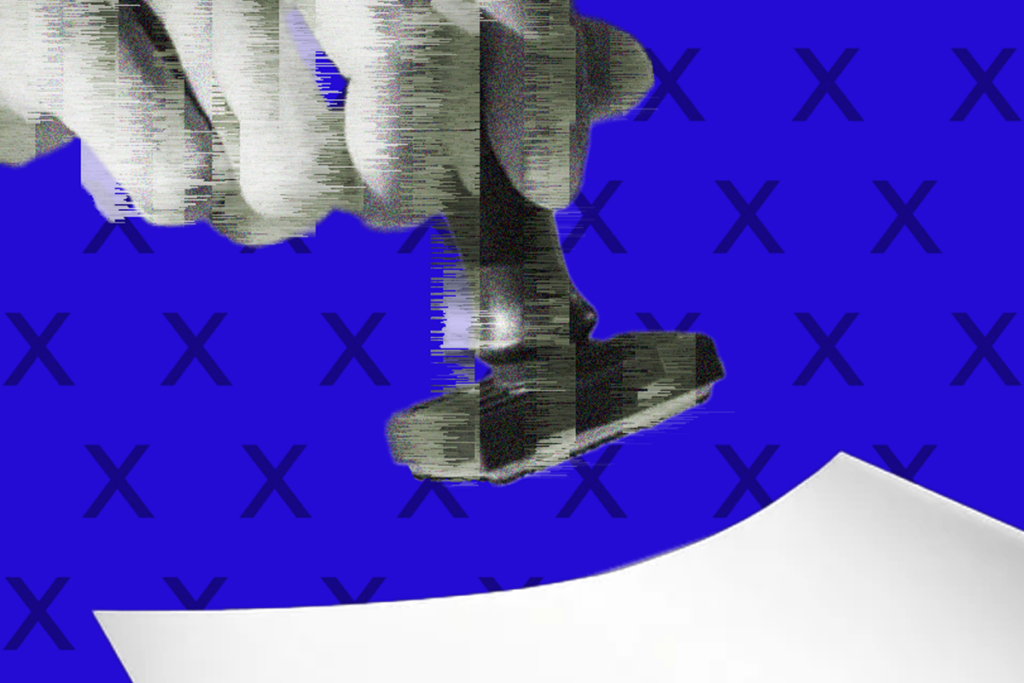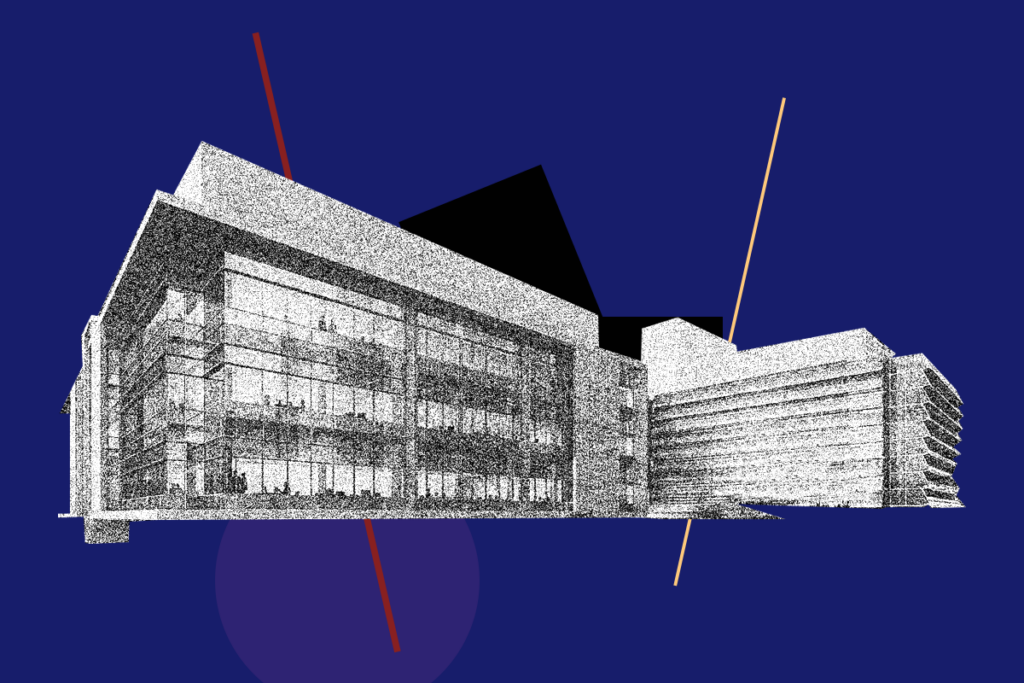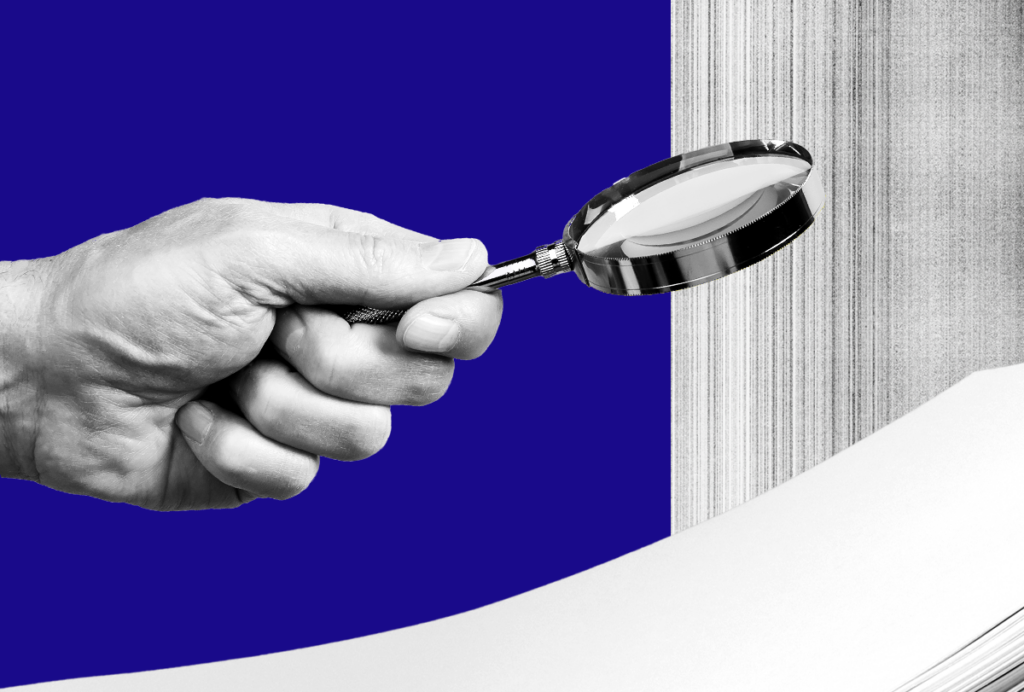Notable papers of 2012
Among a wealth of exciting research, ten sets of papers made an impact this year.
Picking the top ten papers in a field is always challenging, but the outpouring of high-quality autism research in 2012 made that task especially difficult. Below is a selection of just some of these papers, selected by SFARI staff and presented in chronological order. SFARI director Gerald Fischbach expounds on the list in this column.
1. Brain response to gaze predicts autism in baby sibs
A longitudinal study of infant siblings of children with autism is the first to identify a particular brain pattern that is linked to later diagnosis of autism.
Elsabbagh M. et al. Curr. Biol. 22, 338-342 (2012) PubMed
2. Bone marrow transplant curbs symptoms of autism and Rett syndrome
Two papers found that a bone marrow transplant can alleviate autism-like symptoms in mice, one in a rodent model of Rett syndrome and the other in an immune model of autism.
Derecki N.C. et al. Nature 484, 105-109 (2012) PubMed
Hsiao E.Y. et al. Proc. Natl. Acad. Sci. USA 109, 12776-12781 (2012) PubMed
3. Hundreds of genes involved in autism, sequencing studies say
A quartet of exome-sequencing studies published this year have identified new risk genes and point to FMRP, the protein implicated in fragile X syndrome, as a central hub.
O’Roak B.J. et al. Nature 485, 246-250 (2012) PubMed
Sanders S.J. et al. Nature 485, 237-241 (2012) PubMed
Neale B.M. et al. Nature 485, 242-245 (2012) PubMed
Iossifov I. et al. Neuron 74, 285-299 (2012) PubMed
4. Chromosome exchanges reveal new autism-related genes
Large-scale swapping of genetic material between chromosomes may play an important role in autism, according to a study published 27 April in Cell.
Talkowski M.E. et al. Cell 149, 525-537 (2012) PubMed
5. Tuberous sclerosis gene loss triggers autism-like features
Losing one or both copies of TSC1, one of the two genes responsible for tuberous sclerosis complex, in specific cells of the cerebellum can trigger several autism-like behaviors in mice, according to research published 1 July in Nature.
Tsai P.T. et al. Nature. 488, 647-651 (2012) PubMed
6. Autism risk gene found to alter brain wiring
MET, a leading candidate gene for autism risk, influences the strength of connections between brain regions involved in social behaviors, and this effect is especially prominent in people with the disorder. The findings are from a large study using several imaging techniques, published 6 September in Neuron.
Rudie J.D. et al. Neuron 75, 904-915 (2012) PubMed
7. Drug improves social deficits in fragile X syndrome
A drug called arbaclofen improves behavioral problems in people with fragile X syndrome, an inherited condition that can lead to mental retardation and autism, according to the results of a clinical trial published 19 Septemberin Science Translational Medicine. A second study published in the same issue showed that the drug restores normal brain function in a mouse model of the syndrome.
Berry-Kravis E.M. et al. Sci. Transl. Med. 4, 152ra127(2012) PubMed
Henderson C. et al. Sci. Transl. Med. 4, 152ra128 (2012) PubMed
8. ‘Noisy’ brain signals could underlie autism, study says
Sensory responses in the brain of an individual with autism vary much more than in someone without the disorder, according to a study published 20 September in Neuron. This may explain why some people with autism are extremely sensitive to lights and sounds.
Dinstein I. et al. Neuron 75, 981-991 (2012) Abstract
9. Common variants, en masse, may add up to strong autism risk
Individually, common genetic variants confer little risk for autism. But taken together, they may contribute significantly, predicts a statistical analysis published 15 October in Molecular Autism.
Klei L. et al. Mol. Autism 3, 9 (2012) PubMed
10. Behavioral treatment for autism may normalize brain activity
Early intensive therapy may normalize the brain’s response to faces in young children with autism, according to a study published in the November issue of the Journal of the American Academy of Child and Adolescent Psychiatry. The results are part of a randomized, controlled trial of a treatment called the Early Start Denver Model.
Dawson G. et al. J. Am. Acad. Child Adolesc. Psychiatry 51, 1150-1159 (2012) PubMed
Recommended reading

PTEN problems underscore autism connection to excess brain fluid

Autism traits, mental health conditions interact in sex-dependent ways in early development



